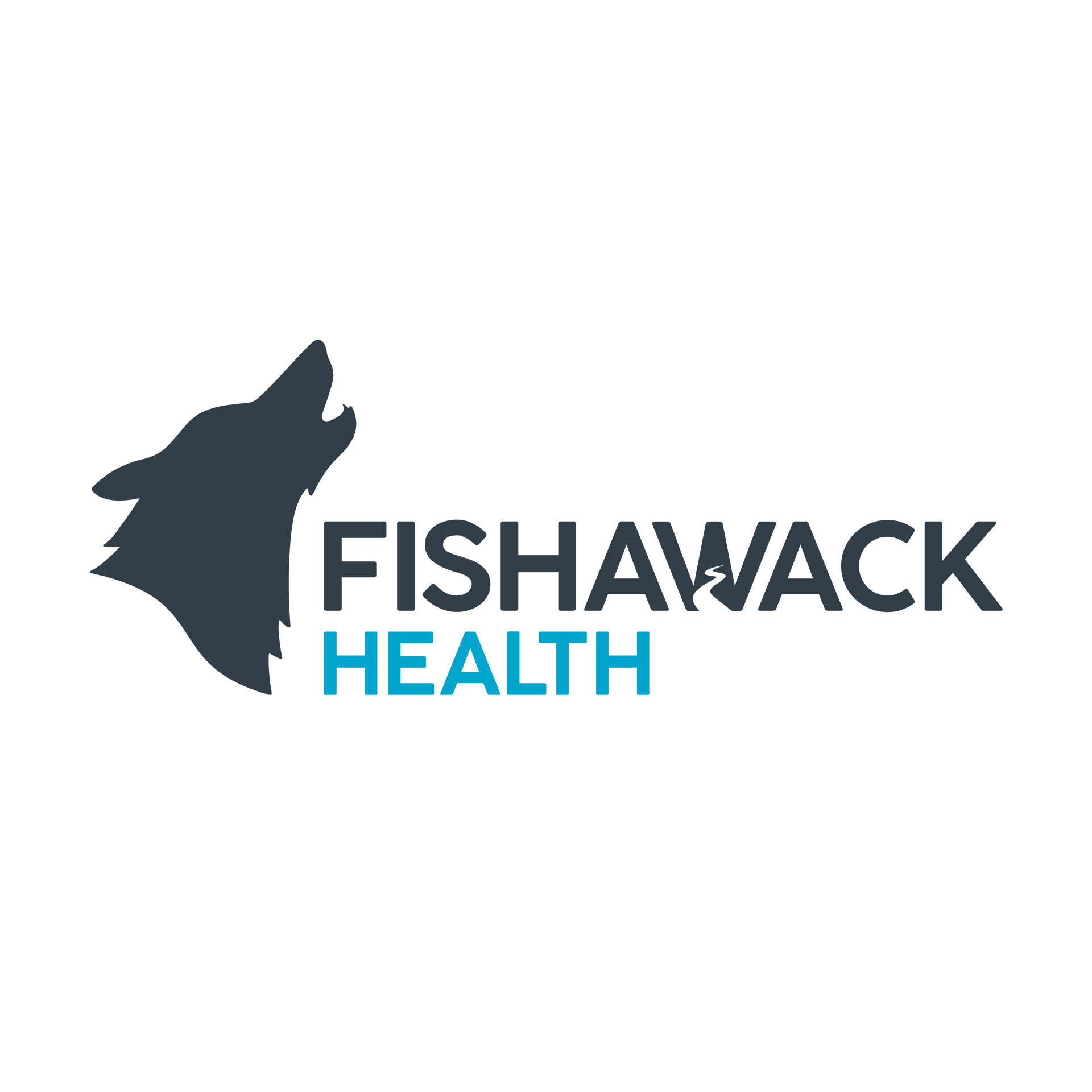Building early relationships: a gamechanger for pioneering rare disease treatment

Advocacy groups play a crucial role in both driving access to innovative treatment and services and educating patients and caregivers on novel breakthroughs.
On average, it takes more than four years to receive an accurate diagnosis of a rare disease.1 This diagnostic odyssey has pushed patients and caregivers online to self-diagnose and learn more about their symptoms. Patients and their loved ones wish to give a name to their symptoms and to attempt to derive sense from a long and often conflicting diagnostic journey and identify potential treatments or options for themselves.
The internet has emerged as an important tool in supporting patients and physicians through the management of rare diseases. Patient Advocacy Groups such as Genetic Alliance (UK) and National Organisation for Rare Diseases (US) have a large online presence and offer support to patients, friends, families, and treating physicians.2,3
Patient Advocacy groups do not just publish website content, but many disease specific groups also have a sizeable social media following. Many patients and family members join closed groups through Facebook and other social media platforms to connect with other patients from all over the world, for example the Keratoconus Facebook group has over 23.4K members from all over the globe.
Dedicated channels like the subreddit R/Haemophilia connect patients and combat the sense of isolation that can be common to sufferers of a rare disease. During the COVID-19 pandemic, these forums have become vital lifelines for patients and their caregivers, who are often shielding to protect themselves or their loved ones from the virus.4Ultimately, this has led to tight-knit and vocal rare disease communities who are motivated and have the potential to shape policy and encourage innovation.
One group excelling in this space is the Genetic Alliance. The group is working with the government department Public Health England to shape the future of care for rare disease patients in the UK. Their work ranges from developing new services in partnership with the National Health Service (NHS) to working with the All Party Parliamentary Group on Rare, Genetic and Undiagnosed Conditions, and the Department of Health on the UK Strategy for Rare Diseases.2
Advocacy groups like the Genetic Alliance have become a supporting voice for rare disease patients and play a crucial role in both driving access to innovative treatment and services and educating patients and caregivers on novel breakthroughs.2
Why is engaging with the community important? And when should this take place?
Listening to the community early on is vital for deeply understanding the patients and their caregivers, as well as healthcare professionals and other stakeholders they interact with on their diagnosis and treatment journey.5,6
Armed with these insights, life sciences companies can develop patient-centric solutions that will lead to more successful products. Taking an engaged approach has clear benefits, including improved trial retention and development of PROs that can support market-entry and market access. Importantly, you can ensure product and service messages are relevant to patients and add value, driving competitive advantage in increasingly crowded landscapes.
One mistake many life science organizations make is waiting until it’s too late to really start listening to both patient and scientific communities. However, we have found that working with these groups during the design of the clinical trial is far more beneficial. By building trust early on, the patients will feel part of the solution from the outset, and communities may begin to work alongside pharma to support the acceptance and approval of new products.
According to one study by The Economist Intelligence Unit Committee, therapies with a patient-centric trial design were 41% more likely to be added to the payer formulary because drugs that used this approach were 90% more likely to be launched than those that were not. The study also showed taking a patient-centric approach to drug development had a significant impact on the likelihood of launch success across oncology, neurology, and of course, rare disease.7
Therapies with a patient-centric trial design were 41% more likely to be added to the payer formulary.
However, life sciences companies do not just need to engage the patients early on. Gaining input from key opinion leaders (KOLs) is also highly beneficial to the drug development process. Identifying a KOL steering committee both increases engagement and ensures the voice of the customer is considered, from R&D to commercialization. The committee, which should consist of established and up-and-coming KOLs, then becomes the golden thread uniting the medical and commercial teams in one voice and purpose.
Several digital tools are available to help uncover the influencers in each community. Digital Opinion Leader (DOL) mapping helps brands to learn about key communicators in the field online, including patient advocates, established KOLs, and rising stars. It involves conducting research to understand who these influencers are and mapping the depth of their influence in the rare disease community.
Once the company has identified DOLs, it can connect the insights to the brand strategy. Adopting a hybrid approach, mixing online and traditional KOL engagement will help identify opportunities to shape brand perceptions in new markets where pharma companies and lean biotechs may have a limited market presence.












